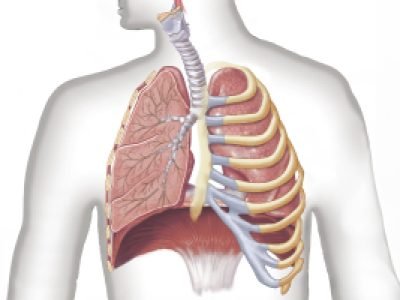Carotid artery disease is one of the major causes of stroke, impacting millions of people around the world. Conventional operations such as carotid endarterectomy have been the standard, but interventional radiology has brought to the table a less invasive option: carotid artery stenting. This process provides a better, more comfortable alternative for patients who want to decrease their chances of having a stroke without having to undergo extensive surgery.
What is Carotid Artery Stenting?
Carotid artery stenting is a less invasive procedure in which a stent is inserted into the carotid artery to enhance blood flow to the brain. It is done by inserting a stent using a catheter, which expands to maintain the artery open, thus lowering the risk of stroke. This is especially useful for patients who are at high risk for surgical complications or who want a less invasive method.
Advantages of Carotid Artery Stenting
Less Invasive Stroke Prevention: Unlike conventional surgery, carotid artery stenting uses smaller cuts or even no cut at all, lessening the possibility of nerve damage and facilitating quicker recovery.
Less Discomfort and Pain: Patients often have less pain than in surgical options, making it a good choice for patients worried about post-surgical discomfort.
Shorter Hospital Stay: The procedure sometimes only requires a brief hospital stay, enabling the patient to resume normal activities earlier.
Fewer Complications: Although complications do exist, such as stroke or bleeding, the total rate of complications is equivalent to surgical procedures, with some research showing lower rates of specific complications such as nerve damage.
Symptoms of Carotid Artery Disease
Carotid artery disease usually has no symptoms until it is advanced. Some signs may be:
- Transient Ischemic Attacks (TIAs) or “mini-strokes”
- Sudden weakness or numbness in a face or arm
- Trouble speaking or understanding speech
- Sudden blurred vision or loss of vision
- Risks of Carotid Artery Blockage
If not treated, carotid artery blockage can cause a complete stroke, which can result in major disability or death.
The risks of blockage are:
- Stroke: The number one cause of death and disability on the planet.
- Brain Damage: Irreversible damage can happen if blood flow is not re-established quickly.
- Heart Attack: Sometimes, the stress of having a stroke can lead to a heart attack.
Carotid Stenting vs. Endarterectomy
Both carotid artery stenting and carotid endarterectomy are successful treatments for carotid artery disease. Carotid stenting is usually reserved, however, for patients who are at greater risk for surgical complications or have particular anatomical difficulties. It provides a non-surgical option with equivalent long-term success rates15.
Recovery After Carotid Stenting
Recovery from carotid artery stenting is generally uncomplicated:
Rest: Patients are told to take it easy for a few days after the procedure.
Monitoring: Repeated follow-up visits are essential to monitor for restenosis or any complications.
Lifestyle Changes: Keeping a healthy life style, in terms of food and physical exercises, is required to avoid the narrowing of the arteries13.

